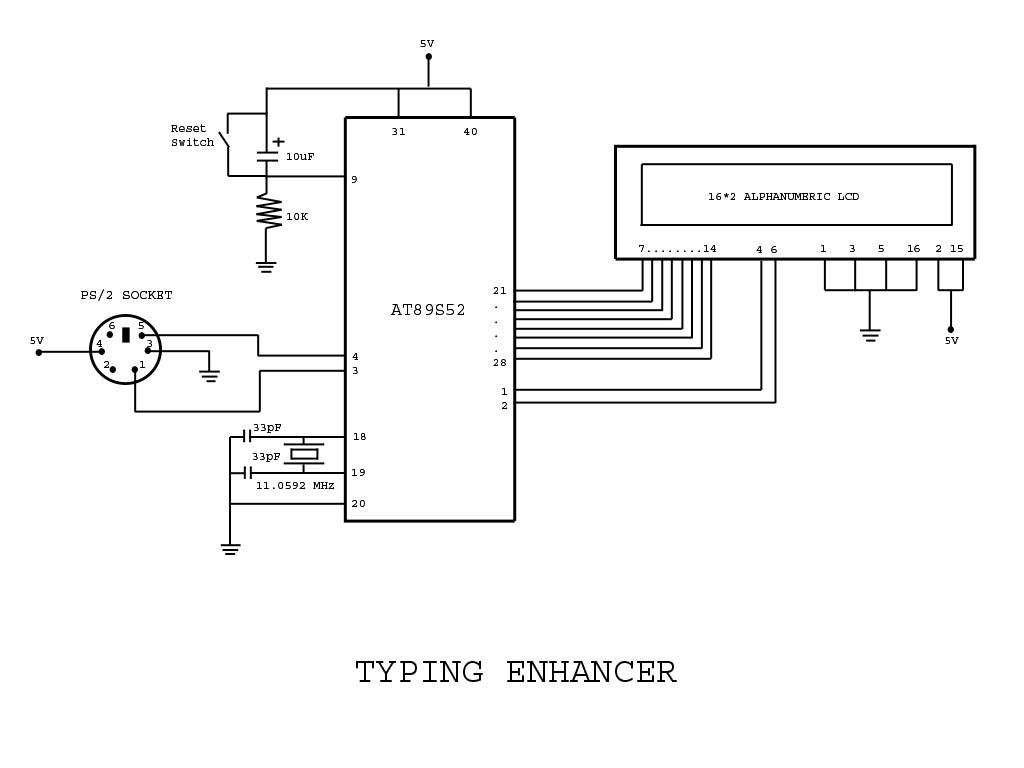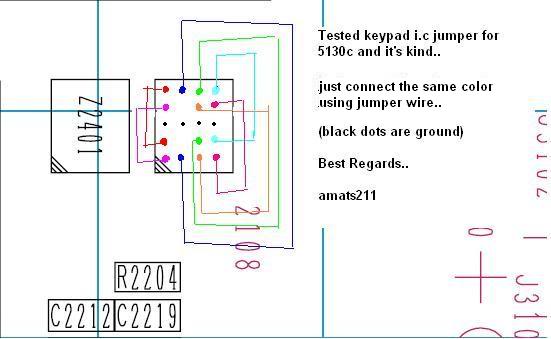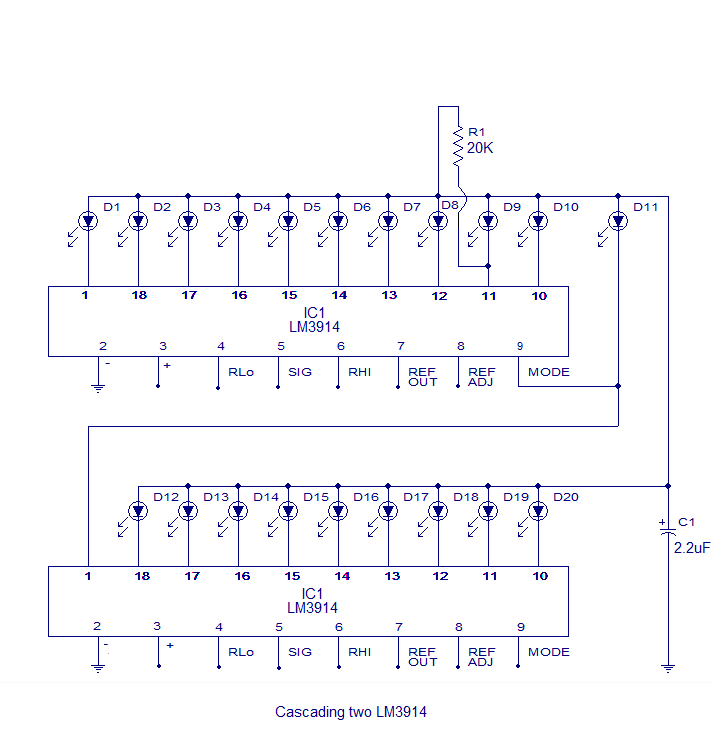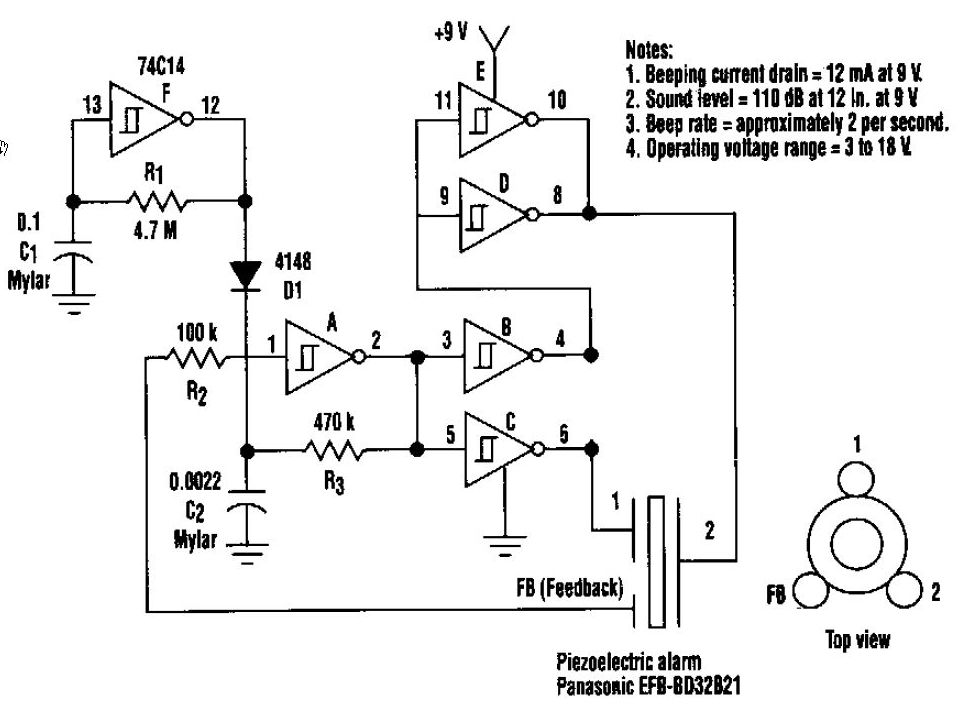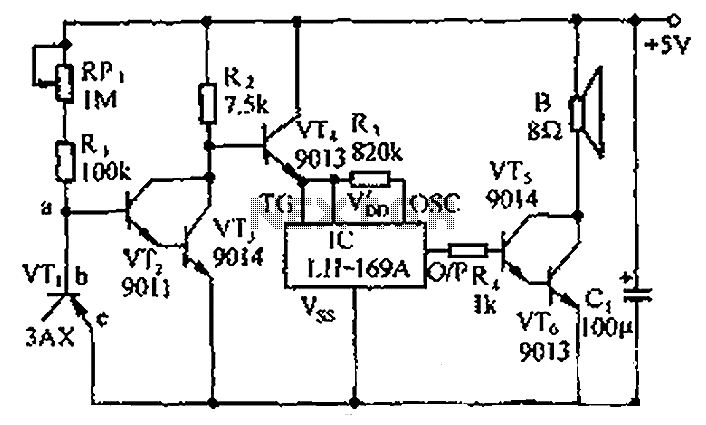
ambient noise cancelation microphone circuit will work
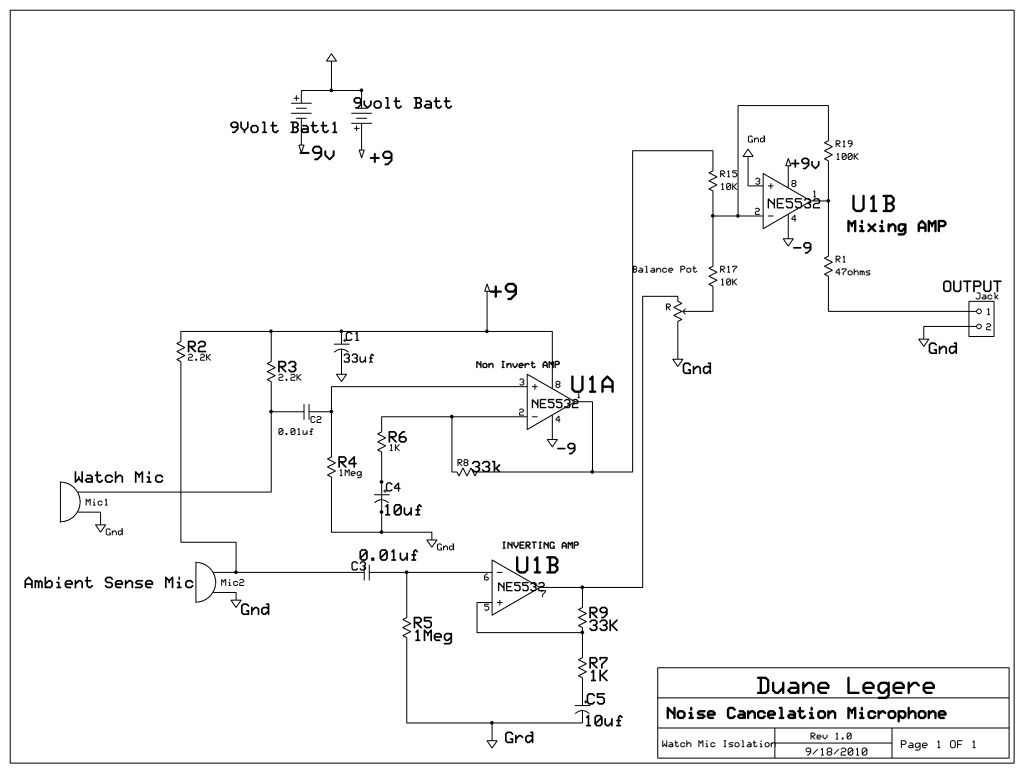
A microphone is designed to listen to a wristwatch while canceling ambient noise in the room. A circuit has been included, which is based on a headphone cancellation circuit. The schematic will be provided shortly. The suggested approach is to utilize a method similar to that of aircraft noise-canceling microphones by wiring two dynamic microphones back to back with opposite polarities. These microphones should be colocated, with one facing the desired sound source and the other facing away. Both microphones will capture ambient noise from a distance, but the local coupling to the near microphone will enhance selectivity. This configuration simplifies the amplifier setup. Aircraft noise-canceling microphones effectively eliminate ambient noise in the cockpit, but proper positioning relative to the speaker's mouth is crucial. The microphones should be approximately 1/4 inch from the lips, with one microphone directed toward the speaker and the other facing away. Incorrect positioning, such as rotating the microphone boom so that both microphones are equidistant from the lips, will result in the cancellation of both the voice and ambient noise, which is referred to as "local coupling."
The proposed microphone circuit utilizes a dual-microphone configuration to achieve effective ambient noise cancellation. This setup is particularly beneficial in environments where background noise can interfere with the desired audio signal, such as in cockpit communications or personal audio devices. The two dynamic microphones are connected in a differential configuration, where one microphone is oriented toward the sound source, capturing the primary audio signal, while the second microphone is oriented away, capturing ambient noise.
The microphones should be mounted closely together, ideally within 1/4 inch, to ensure that they are subject to similar acoustic conditions. This proximity allows for effective noise cancellation, as the signals from both microphones can be processed to eliminate common noise components. The output from each microphone is fed into a differential amplifier, which amplifies the difference between the two signals while rejecting any common-mode noise, thus enhancing the clarity of the desired audio.
In designing this circuit, attention must be paid to the frequency response of the microphones and the amplifier to ensure that they adequately capture and process the desired audio frequencies while effectively canceling out unwanted noise. Additionally, the placement of the microphones should be adjustable to accommodate different users and environments, ensuring optimal performance.
Implementing this dual-microphone approach not only simplifies the circuit design but also enhances the overall performance of the audio capture system, making it a practical solution for applications requiring high fidelity in noisy environments.A microphone to listen to a wristwatch and want to cancel the ambient noise in the room. I have included a circuit that I plagiarized from a headphone cancelation circuit. Will this circuit that I have drawn here work. Whoops forgot to include the Schematic I will have it up in a minuite Why not just do what aircraft noise-canceling microphones do; just wire two dynamic microphone elements back to pack with opposite polarities Colocate the two elements, but mount them with one facing the desired sound source, and the other one facing away. Both pick up ambient noise from a distant source, but the local coupling to the near element provides the selectivity.
This way your amplifier line-up is much simpler. Aircraft noise-canceling mics are very effective in eliminating the ambient noise in the cockpit, but they must be correctly located with respect to the speaker`s mouth. You have to adjust them so that they are ~1/4" from your lips, and so that you talk into one mic, while the other is on the opposite side, facing the other way.
If you screw up and rotate the mic boom so that both mics are equidistant to the speaker`s lips, then you cancel the voice, as well as the ambient noise. That is what I meant by "local coupling". 🔗 External reference
The proposed microphone circuit utilizes a dual-microphone configuration to achieve effective ambient noise cancellation. This setup is particularly beneficial in environments where background noise can interfere with the desired audio signal, such as in cockpit communications or personal audio devices. The two dynamic microphones are connected in a differential configuration, where one microphone is oriented toward the sound source, capturing the primary audio signal, while the second microphone is oriented away, capturing ambient noise.
The microphones should be mounted closely together, ideally within 1/4 inch, to ensure that they are subject to similar acoustic conditions. This proximity allows for effective noise cancellation, as the signals from both microphones can be processed to eliminate common noise components. The output from each microphone is fed into a differential amplifier, which amplifies the difference between the two signals while rejecting any common-mode noise, thus enhancing the clarity of the desired audio.
In designing this circuit, attention must be paid to the frequency response of the microphones and the amplifier to ensure that they adequately capture and process the desired audio frequencies while effectively canceling out unwanted noise. Additionally, the placement of the microphones should be adjustable to accommodate different users and environments, ensuring optimal performance.
Implementing this dual-microphone approach not only simplifies the circuit design but also enhances the overall performance of the audio capture system, making it a practical solution for applications requiring high fidelity in noisy environments.A microphone to listen to a wristwatch and want to cancel the ambient noise in the room. I have included a circuit that I plagiarized from a headphone cancelation circuit. Will this circuit that I have drawn here work. Whoops forgot to include the Schematic I will have it up in a minuite Why not just do what aircraft noise-canceling microphones do; just wire two dynamic microphone elements back to pack with opposite polarities Colocate the two elements, but mount them with one facing the desired sound source, and the other one facing away. Both pick up ambient noise from a distant source, but the local coupling to the near element provides the selectivity.
This way your amplifier line-up is much simpler. Aircraft noise-canceling mics are very effective in eliminating the ambient noise in the cockpit, but they must be correctly located with respect to the speaker`s mouth. You have to adjust them so that they are ~1/4" from your lips, and so that you talk into one mic, while the other is on the opposite side, facing the other way.
If you screw up and rotate the mic boom so that both mics are equidistant to the speaker`s lips, then you cancel the voice, as well as the ambient noise. That is what I meant by "local coupling". 🔗 External reference
